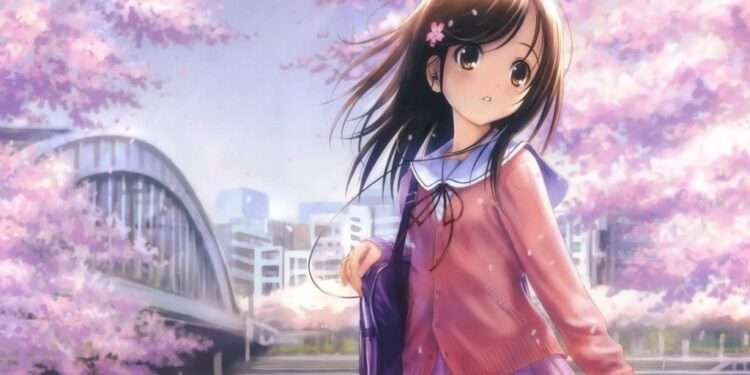Animated girl characters have been a staple in animation for decades, captivating audiences of all ages with their unique personalities and compelling storylines. From Disney’s Snow White to Studio Ghibli’s Kiki, these characters have become cultural icons and have left a lasting impact on animation and popular culture. In this article, we will dive deep into the phenomenon of animated girl characters, exploring their history, evolution, and significance in animation.
The History of Animated Girl Characters
The earliest animated girl characters can be traced back to the early days of animation, with the first known animated female character appearing in the 1908 silent film “Little Nemo.” However, in the 1930s and 40s, animated girl characters began to take center stage in popular animation. During this time, Disney released several iconic animated films featuring female leads, such as “Snow White and the Seven Dwarfs” and “Cinderella.” These films broke box office records and set the standard for animated girl characters for years to come.
The Evolution of Animated Girl Characters
As animation technology advanced and the medium became more sophisticated, so did animated girl characters’ representation. In the 1960s and 70s, animated girl characters began to take on more complex and nuanced personalities, such as the strong and independent character of Disney’s Mulan. The 1980s and 90s saw the emergence of anime and manga, which brought with it a new wave of animated girl characters that were not only strong and independent but also diverse in terms of ethnicity and culture.
The Rise of Strong, Independent Animated Girl Characters
Recent years have seen a marked shift in how we portray animated girl characters. We depict animated girl characters today as strong, independent, and capable individuals who are not afraid to challenge societal norms and stereotypes. It is particularly true of animated girl characters in action-adventure and fantasy genres, such as the warrior princess Merida from Disney’s Brave or the fierce and powerful Katara from Avatar: The Last Airbender.
The Impact of Animated Girl Characters on Pop Culture
Animated girl characters have significantly impacted popular culture and continue to do so today. They serve as role models for young girls and women, inspiring them to be strong, independent, and confident. They also serve as a powerful tool for challenging societal norms and stereotypes, particularly regarding gender roles and representation. In recent years, there has been a push for more diverse and inclusive representation in animation, and animated girl characters have played a vital role in this movement.
Conclusion
Animated girl characters have come a long way since their inception in the early days of animation. From their humble beginnings as damsels in distress to their current portrayal as strong, independent, and diverse individuals, they have significantly shaped the world of animation and popular culture. They continue to inspire and empower young girls and women, and their impact on pop culture is undeniable. As animation technology continues to evolve, we can expect to see even more compelling and diverse animated girl characters in the years to come.
Also, Read What Is Globe Esporte, And What Are Its Benefits?















